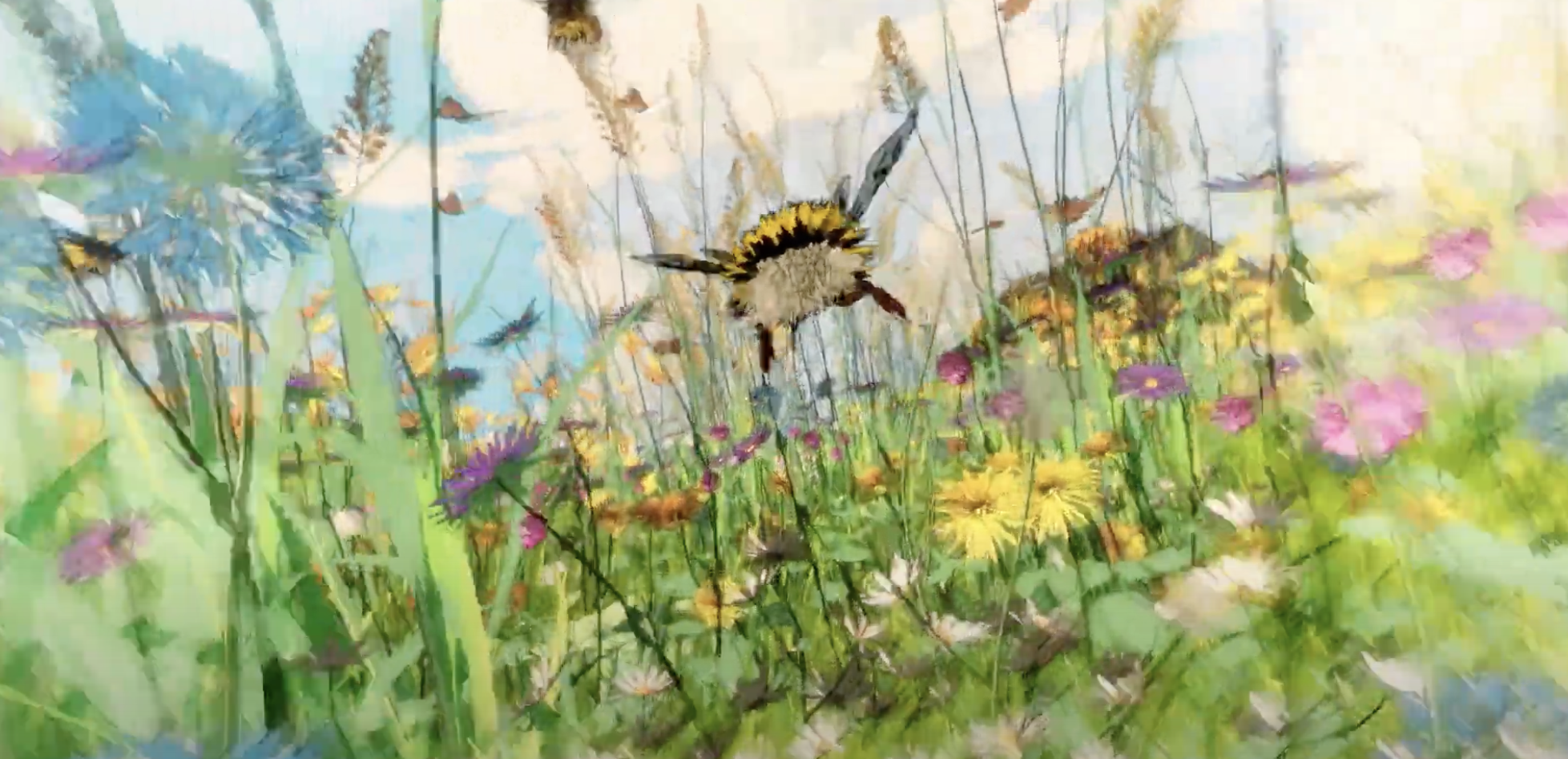
Research from northern England has identified wildflower rich land to be critical to the survival of pollinating species.
Analysis of ten years of BeeWalks surveys in the Yorkshire Dale and Forest of Bowland have revealed that hay meadows home to indigenous and varied flora are among the best sources of food for bumblebees.
A decade after launch, the project, which is run in the two locations jointly by the Yorkshire Dales Millennium Trust [YDMT] and the Forest of Bowland National Landscape, has now contributed to extensive restoration of nature, including wildflowers.
Meanwhile, BeeWalks is a national citizen science scheme established by the Bumblebee Conservation Trust. Qualitative data is collected to help improve understandings of bumblebee communities and species numbers, informing critical policy decisions relating to how we can best support the insects. While considered general foragers and capable of pollinating any plant or flower, several forms of flora are solely reliant on the bee to survive.
To date, 21,663 bumblebees belonging to 12 individual species have been recorded through the programme, with white and buff tailed the most common sightings – accounting for more than 70% of records in some years. Both are also considered to be increasing in numbers, while other types have experienced fluctuations.
‘I’ve learned a great deal about the range of bumblebee species we see in the Dales. They’re an indicator of the health of the environment. Where I do my counting is a really beautiful place and it’s a delight and a privilege to be even a tiny part of supporting and encouraging that,’ said Maurice White, a volunteer with BeeWalks for almost 10 years.
A new animated film has been released to celebrate a decade of BeeWalks, which focuses on wildflower hay meadows as a vital food source. You can watch this below.










